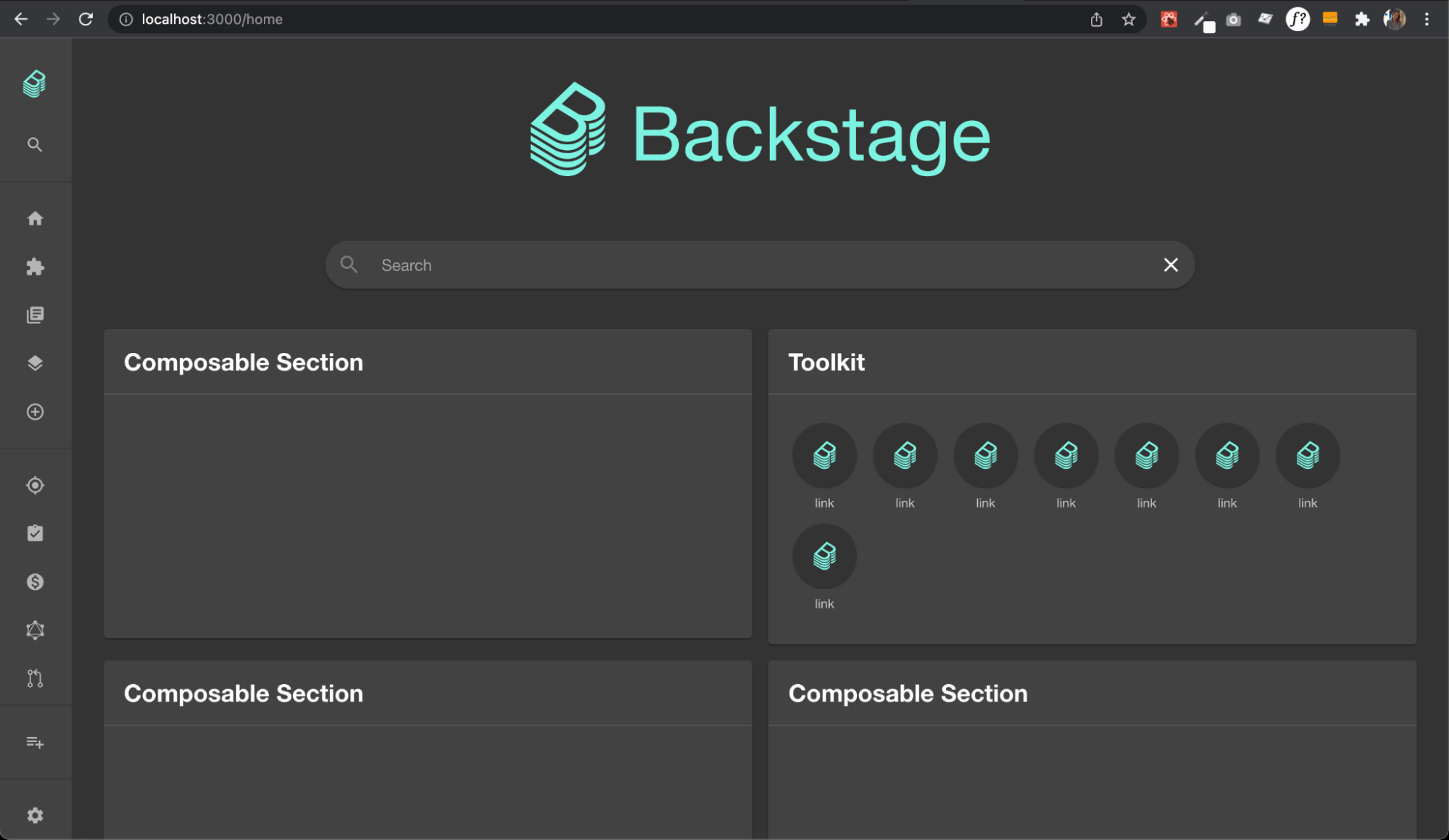Spotify, the music streaming giant, is known for its vast library of songs and personalized playlists. But did you know they’ve been quietly building a developer tooling business on the side? I recently dove into their open-source project, Backstage, and I’m genuinely impressed by its traction and potential.
While ads and subscriptions remain Spotify’s primary revenue streams, Backstage is proving to be more than just a side project. It’s gaining serious momentum in the developer community, and here’s what I learned about why.

Backstage: Spotify’s Open-Source Gift to Developers
Backstage, open-sourced in 2020, is essentially a developer portal. Think of it as a centralized hub that consolidates all the tools, services, and documentation a developer needs into a single, user-friendly interface. It addresses a common pain point: the fragmentation and complexity of modern development environments. According to a report by the Cloud Native Computing Foundation (CNCF), developers use an average of 12 tools daily, leading to context switching and decreased productivity.
Backstage helps solve this by providing a single pane of glass for everything. It allows developers to easily discover, access, and manage the resources they need, fostering better collaboration and reducing friction. Companies like Airbnb, LinkedIn, and Twilio are already leveraging Backstage to streamline their development workflows.
The Appeal of a Centralized Developer Portal
Why are so many companies adopting Backstage? Several reasons stand out:
- Increased Developer Productivity: By centralizing access to tools and documentation, Backstage reduces the time developers spend searching for resources, allowing them to focus on coding and innovation. A study by Forrester found that organizations that invest in developer experience see a 20-40% increase in developer velocity.
- Improved Onboarding: New developers can quickly get up to speed with the organization’s tools and processes through a unified portal.
- Enhanced Code Quality: With easy access to documentation and best practices, developers are more likely to write high-quality, maintainable code.
- Reduced Cognitive Load: A single interface reduces the mental burden on developers, allowing them to be more creative and effective.
Beyond Music: Spotify’s Strategic Play
Spotify’s decision to open-source Backstage might seem unconventional, but it’s a strategic move. By building a thriving open-source community around Backstage, Spotify is not only enhancing its own development practices but also positioning itself as a leader in the developer tooling space. This generates significant brand recognition and attracts top engineering talent.
Furthermore, while Backstage is open-source, Spotify can offer premium features and support services around it, creating a potential revenue stream. It’s a clever way to monetize their internal tools while giving back to the developer community.
The Rise of Internal Developer Platforms (IDPs)
Backstage fits neatly into the growing trend of Internal Developer Platforms (IDPs). An IDP is a self-service platform that provides developers with the tools and infrastructure they need to build and deploy applications independently. Gartner predicts that by 2026, 80% of large organizations will have established IDPs, up from 20% in 2023.
Backstage is a strong contender in this space because it’s highly customizable and extensible. Companies can tailor it to their specific needs and integrate it with their existing toolchains. Its plugin architecture allows for easy integration with various services, making it a versatile solution for organizations of all sizes.
Future of Backstage: A Thriving Ecosystem?
With over 2 million developers across 3,400 organizations using Backstage, the project is clearly gaining traction. The future looks bright, but its continued success depends on fostering a vibrant open-source community and attracting more contributors.
Spotify’s commitment to Backstage is evident, and their investment in its development and maintenance is crucial. As more companies adopt Backstage, we can expect to see more plugins and integrations emerge, further expanding its capabilities. The potential for Backstage to become the de facto standard for developer portals is definitely within reach.
Key Takeaways:
- Backstage is a powerful tool for centralizing developer resources and improving productivity.
- Spotify’s open-source strategy is a smart way to build a community and monetize their internal tools.
- The rise of Internal Developer Platforms is driving the adoption of tools like Backstage.
- Customization and extensibility are key factors in Backstage’s success.
- The future of Backstage depends on a thriving open-source community and continued investment.
FAQs About Backstage
What problem does Backstage solve?
Backstage addresses the fragmentation and complexity of modern development environments by providing a centralized portal for all the tools, services, and documentation a developer needs.
Is Backstage really free?
Yes, Backstage is an open-source project. However, Spotify and other companies may offer premium support and features for a fee.
How difficult is it to implement Backstage?
The implementation complexity depends on the organization’s existing infrastructure and the level of customization required. However, Backstage provides comprehensive documentation and a supportive community to help with the process.
What kind of plugins are available for Backstage?
A wide range of plugins are available for Backstage, including integrations with popular tools like GitHub, Jenkins, and Kubernetes. The plugin ecosystem is constantly growing as more developers contribute.
Who should consider using Backstage?
Any organization with a large or growing development team that is struggling with tool sprawl and developer onboarding should consider using Backstage.


